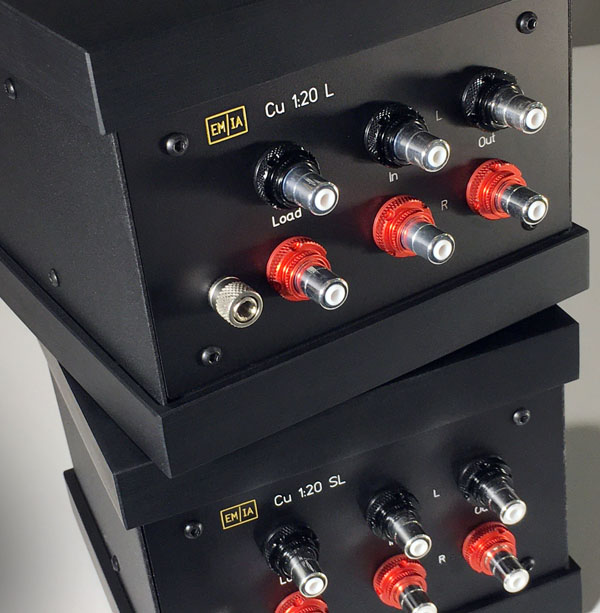Here's a question that arises when one considers the RIAA equalization error in a phono stage: What is the standard by which the error is calculated? Is it the curve described by the equations in the Lipshitz paper? Or is it the ideal curve, which is not achieved in an analog circuit using the Lipshitz equations, where there is a flat plateau between ~500Hz and ~2kHz, sitting at 0db, flanked by straight lines from -20db at 20Hz to 0db at ~500Hz on the left hand side of the plateau, and 2kHz to 20kHz (0db to +20db) on the right hand side? Further, what about error on the pre-emphasis (cutter head) side? That must be a variable based on choice of cutter head, company producing the recording, and age of the recording.
I certainly yield to Atmasphere on use of tubes in phono equalization (also as a proud owner of an Atmasphere MP1), but as I understand it the reason a tube phono stage may exhibit slightly less RIAA accuracy compared to a SS phono stage is that tubes change with age. Adherence to the Lipschitz equations (or any of some other equations to define RIAA de-emphasis in a phono stage) depends exquisitely on the accurate values of the parts used to construct the circuit. Since the plate resistance (Rp) of the tubes figures in to calculations involving impedance (R in the Lipschitz equations), and since Rp does vary slightly over the life span of a tube, the RIAA error reported by a manufacturer probably has to be a bit wider in order to take that into account. Transistors don't change in that parameter.
I agree that one does want RIAA error to be as small as practical, but I don't agree that +/-0.2db (the actual data for the Allnic, reported by Raul as "0.4db") is anything to be concerned about. I also own Raul's 3160 Phonolinepreamp, and it's excellent too. I don't know the RIAA error of the MP1, but it's probably wider than that of the 3160. I don't hear that as a problem; I don't hear it at all when comparing the two.


